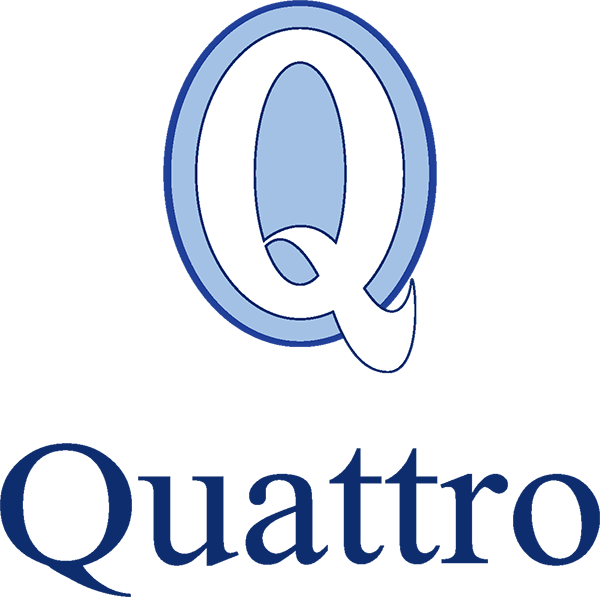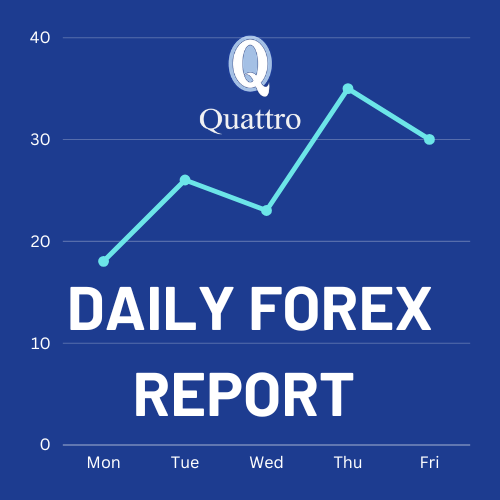
How Quattro Views The World – May 2023 Market Returns
June 8, 2023Quattro Med | General Opinion on the Proposed NHI Bill
July 31, 2023Pantophobia: extreme, persistent anxiety triggered by many different situations, or anticipated situations. Perhaps this would characterise the economic year thus far. It would be fair to say that 2023 has been a period during which anxiety triggering events could have happened but have not. A period where we have tripped over, but the fall has not been as nasty as it could have been. Based on news headlines, 2023 might have tasted as bitter as 2022: Four U.S. banks fell, alongside one in Europe; there was much angst about the debt ceiling dilemma; anxiety spiked around geopolitical uncertainty; and inflation proved tougher to control than anticipated. Locally, our feet are full of holes as we shot recklessly. Yet, we are all still standing, even if we may be limping a bit.
Looking ahead Geopolitical and societal polarization and a rewiring of global supply chains could drive-up production costs. Added to this we see government policies attempting to navigate the transition toward a low-carbon economy which will initially drive-up energy costs. An aging population in economic hubs results in an ever-rising portion of the population past retirement age, resulting in worker and skill shortages. The resilience shown in the global economy will need to be sustained. Courage and upper-rung thinking will be in demand.
Yet, Global equity markets pushed higher during the month of June, largely driven by stronger than expected economic data, which reflected a resilient economy, despite the higher interest rate environment.
Boosted by a hand full of mega cap tech names we are familiar with: Microsoft, Alphabet, Meta, Amazon, Apple and Nvidia, the widely quoted market-cap weighted version of the S&P 500 Index is positive 9.5% year-to-date. Technology stocks in the US and AI enthusiasm led the way for the best first half-year performance on the Nasdaq Composite since the early 80’s.
So, what has sparked AI’s ascent? An explosion in computational power and data, semiconductors and generative Artificial Intelligence as well as advances in machine learning, the closest thing to human intuition in computers.
Surprisingly to some, recent US hard data remained robust. Core retail sales and core durable goods orders were both marginally stronger than expected, while housing activity, home sales and building permits, also rebounded. It is prudent however to note that an equal-weighted version of the S&P 500 Index was down in capital terms in the five months to the end of May, suggesting that the broader concerns about the underlying economy have not vanished. We must keep an eye on the tentative signs of a cooling labour market which is also evident. The unemployment rate increased to 3.7%, while jobless claims briefly rose to late-2021 levels. We will watch this crucial economic indicator with keen interest.
Downwardly revised GDP figures showed that the euro area entered a technical recession in the first quarter, while the monthly UK GDP data revealed a modest expansion. Germany drifted into a recession in the first quarter of 2023, weighed down by a tough domestic property market and a global manufacturing slowdown. But eurozone unemployment in April hit a new record low extending back to 1998.
Inflation has been such a prominent theme in 2023 that it warrants its own commentary. Globally, there are positive metrics suggesting that we are winning the inflation war. Central banks, however, remain cautious and have generally committed to keep lending rates higher for longer.
US Federal Reserve (Fed) Chair Jerome Powell, announced during the month that the Federal Open Market Committee (FOMC) had decided to leave interest rates unchanged at a level of 5.00% – 5.25%. This marks the first policy meeting at which the FOMC has not raised interest rates since it began its tightening cycle in March 2022.
However, while we may be winning the inflation war, there are still inflation battles we are losing. The UK continues to struggle to come to terms with rampant inflation. May inflation came in at a year-on-year rate of 8.7%, while core inflation (excluding volatile food and energy items), rose sharply in May to 7.1% (from 6.8% in April), the highest core inflation rate since March 1992. The Bank of England’s Monetary Policy Committee raised the main interest rate by 0.5%.
Headline inflation in the euro area fell to 5.5%, although core inflation edged up to 5.4% in June.
South Africa’s annual headline inflation rate continued its downward trend during the month of May, coming in at a year-on-year rate of 6.3% (from 6.8% in April). The drop in headline inflation over the month was largely due to a significant fall in food inflation.
Emerging Markets
Emerging markets also delivered a strong performance for the month, despite lagging developed market peers slightly.
At the beginning of this commentary, we wrote that some things that were expected to happen did not materialise. One of those was a robust recovery for China’s economy. The ending of the country’s zero-Covid policy accompanied by some monetary and fiscal stimulus was grasped by investors as a turning point for its fortunes. The reality has been a disappointment, with market outcomes exaggerated by over-optimistic positioning. Data indicates that factory activity for the world’s second largest economy contracted for a third month, while non-manufacturing activity is at its weakest since the reopening of the Chinese economy towards the end of 2022.
US-China tensions appeared to de-escalate after Antony Blinken, the US Secretary of State, unexpectedly held a meeting with Xi during his Beijing trip.
Locally, SA bonds bounced back meaningfully from the previous months drop on the back of improved loadshedding conditions and an easing of sanction concerns over the previous months #Ladyrussiagate speculation.
South African asset classes all produced positive performance in June, recovering some lost ground after a difficult month in May, as sentiment towards SA focussed equity counters and asset classes improved slightly.
South African equities managed to eke out a positive return for the month, despite a significant divergence in the performance of the different local equity sectors. Financials rebounded strongly, after a difficult May, while the Resources sector came under significant pressure during the month, largely due to weaker commodity prices.
Consumer and business confidence in SA continues to be depressed, with both facing severe pressure from the SARB’s steep interest rate hiking cycle, the higher cost of living, unstable electricity supply and increased geopolitical risks following government missteps.
Overall, the worst did not happen. Armed with immense opportunity, resilience, some positive metrics, and optimism we remain rewarded for staying invested and pushing through to something even better.


